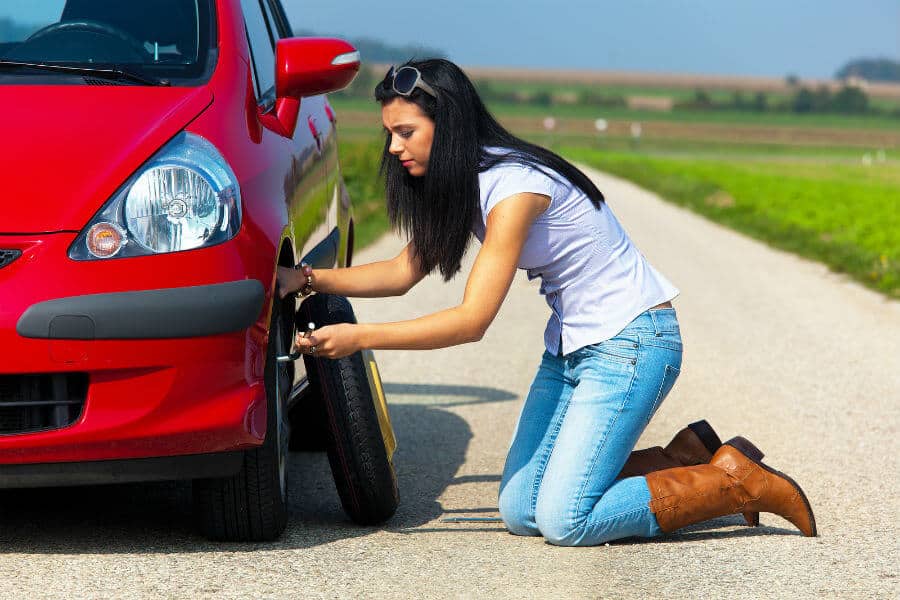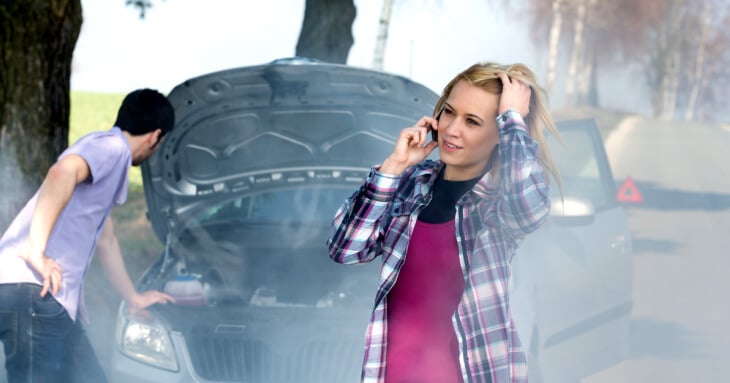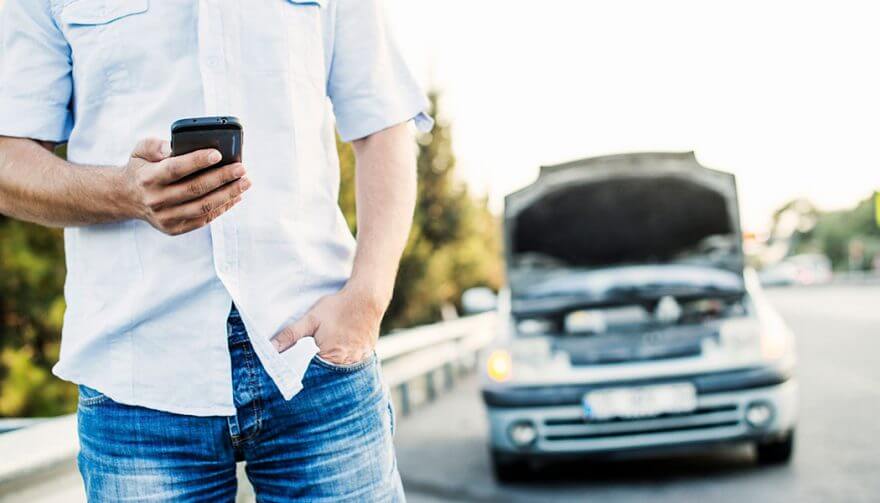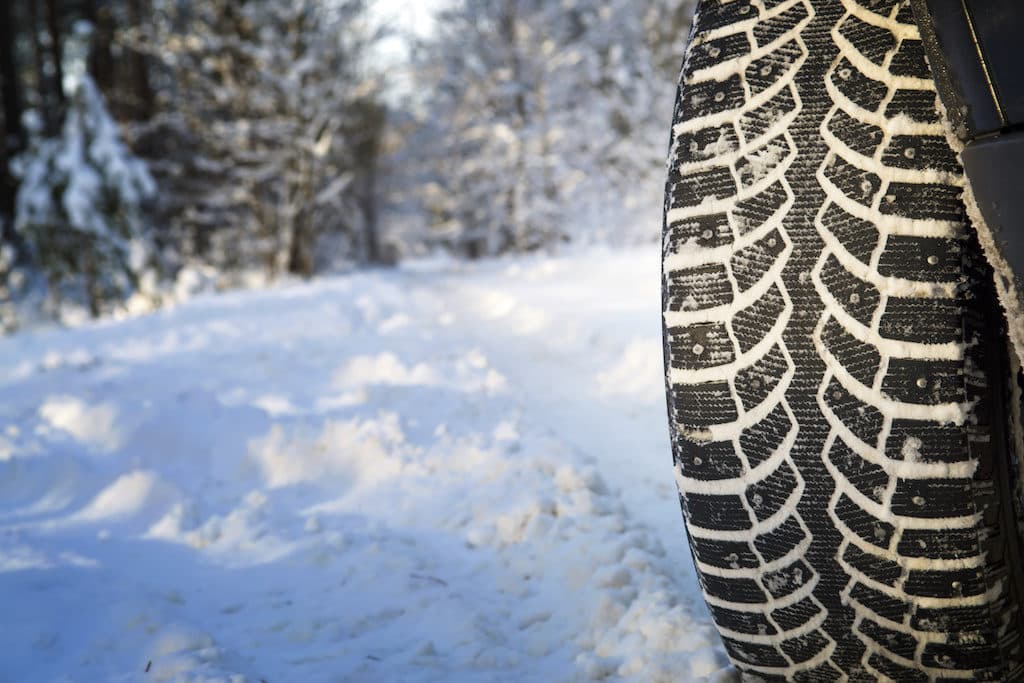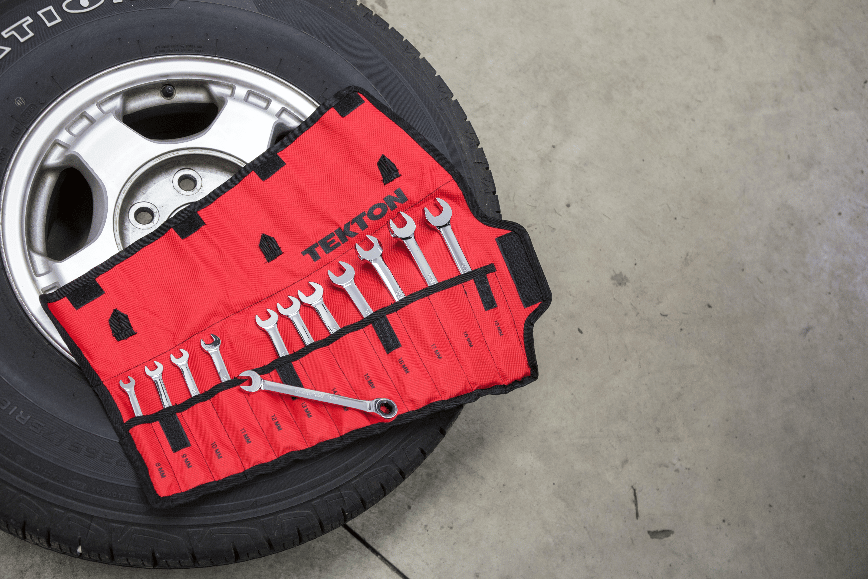
There is arguably nothing more frustrating than getting a flat tire on the road, but being aware of some flat tire roadside assistance options can alleviate much of the stress and hassle that goes into these situations. Some people may still be unsure of what these providers do, and an all too common question includes, “does roadside assistance change tires?” Not only do these providers change tires, but most of these roadside assistance plans will have someone come to your location, and completely replace the tire for you.
Who to Call When You Have a Flat Tire
Flat tire roadside assistance providers should be the first choice for who to call when you have a flat tire. These providers specialize in these situations, bringing with them the necessary tools and expertise to make sure the job gets done correctly. Truth is, there are plenty of factors that go into changing a flat tire, and doing them wrong can cause further damage to your vehicle, so it’s important to leave it in the hands of a professional. Still, even when contacting a roadside assistance provider, there are still protocols you should follow to ensure that the process goes smoothly and efficiently.
What to Do When You Get a Flat Tire
Preparation is key when knowing what to do when you get a flat tire. Certain steps should be taken even before the circumstance arises, including knowing where your spare tire or donut is located in your vehicle, and making sure that your spare tire or donut has enough air, which is usually 60 PSI. Roadside assistance services aren’t going to bring a brand new tire to your location. They are going to remove the damaged tire and put on the spare. Therefore, making sure this spare is ready to go is absolutely crucial.
When a flat tire does strike, the first thing to do is slowly and carefully get to the side of the road, or in a safe spot away from oncoming traffic, and park. A good thing to remember is that a roadside assistance provider will need some space to work, so just because you’re on the shoulder, doesn’t mean the person helping you will be as well. If no spot seems like a good place to stop, it is not in your best interest to continue driving on the flat, as this can ruin your rims and cause structural damage. Put on your hazards and get to the safest spot you can.
Once you’re in a safe place, call for roadside assistance. Keeping this number in a reliable place is also important, either in your glove box or saved on your phone. After you’ve contacted the service, chances are you’ll be waiting for a little bit of time, and that’s fine. Once the service has arrived, they’ll be able to identify the cause of the flat if you haven’t already done so, and can tell you the correct procedure to fix the issue. Sometimes if a small nail or screw caused the flat, these providers can even plug it, letting you ride away on that very same tire. Other times, they’ll simply put the spare on. Either way, an immediate course of action is to either schedule or visit your nearest mechanic shop to look into getting a new tire.
Best Roadside Service
For over 50 years, Best Roadside Service has been providing roadside assistance services to both commercial and fleet customers. At Best Roadside Service, we offer two different types of commercial roadside assistance plans to fit the individual needs of you and your household. Whether you have multiple people sharing one or more vehicles, or you need coverage no matter what vehicle you’re in, our roadside services can help in the case of flat tires, breakdowns, and more.
Contact us for any questions or comments regarding our services and plans, or to request a quote today.





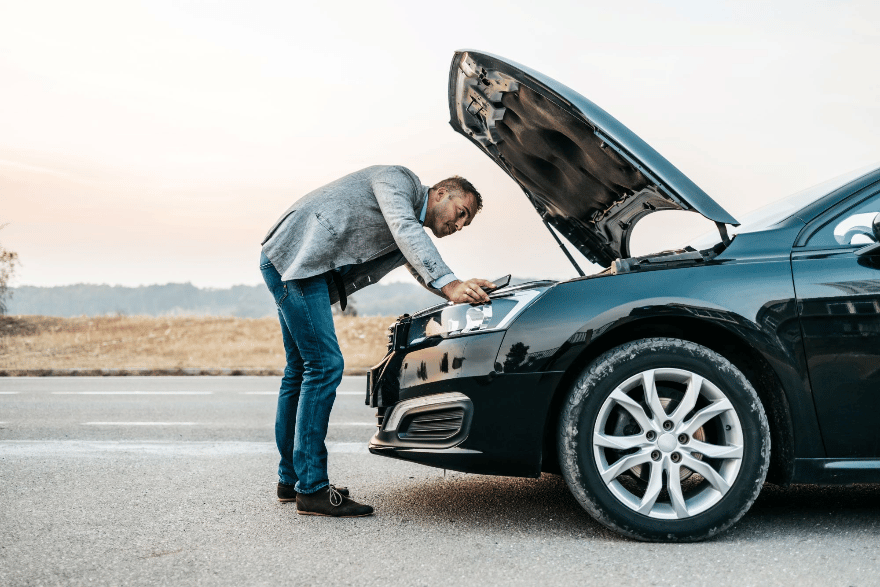
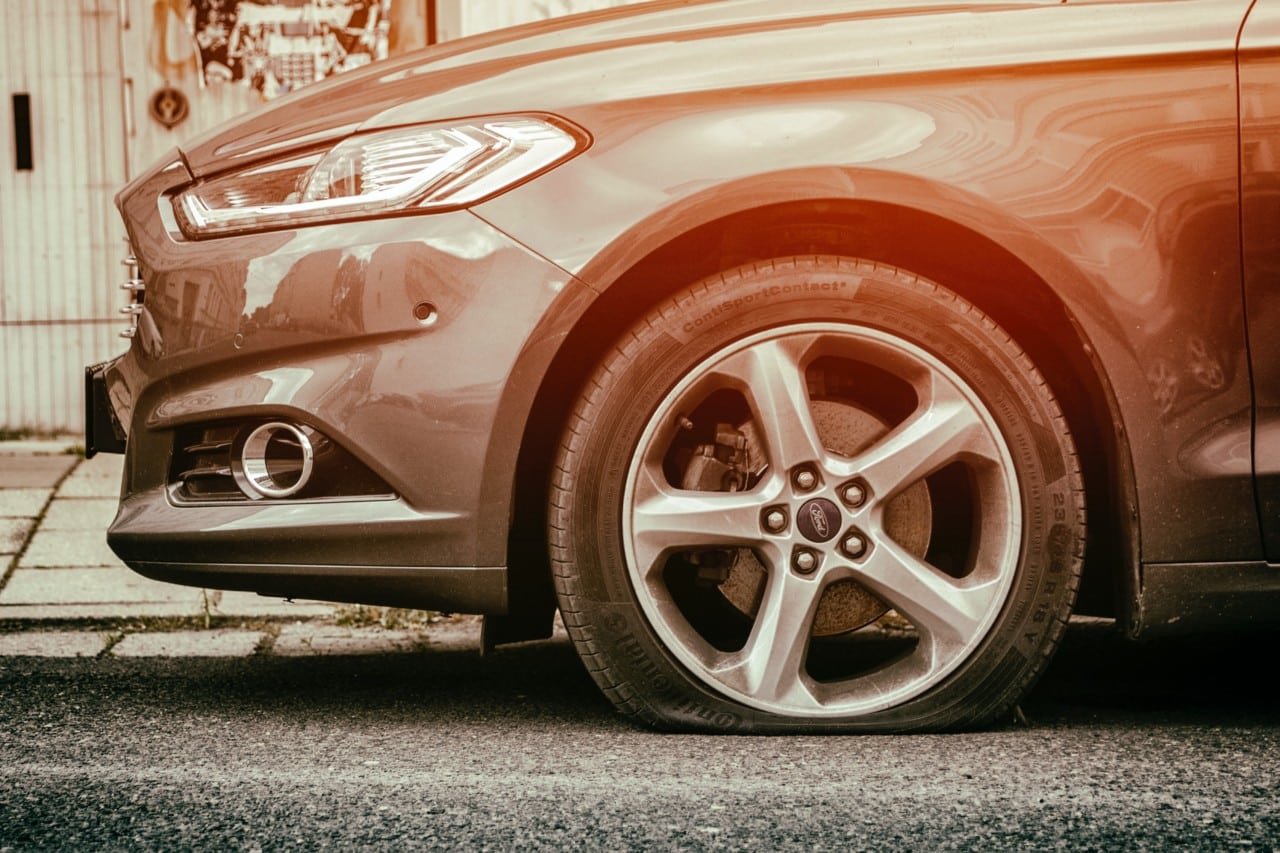
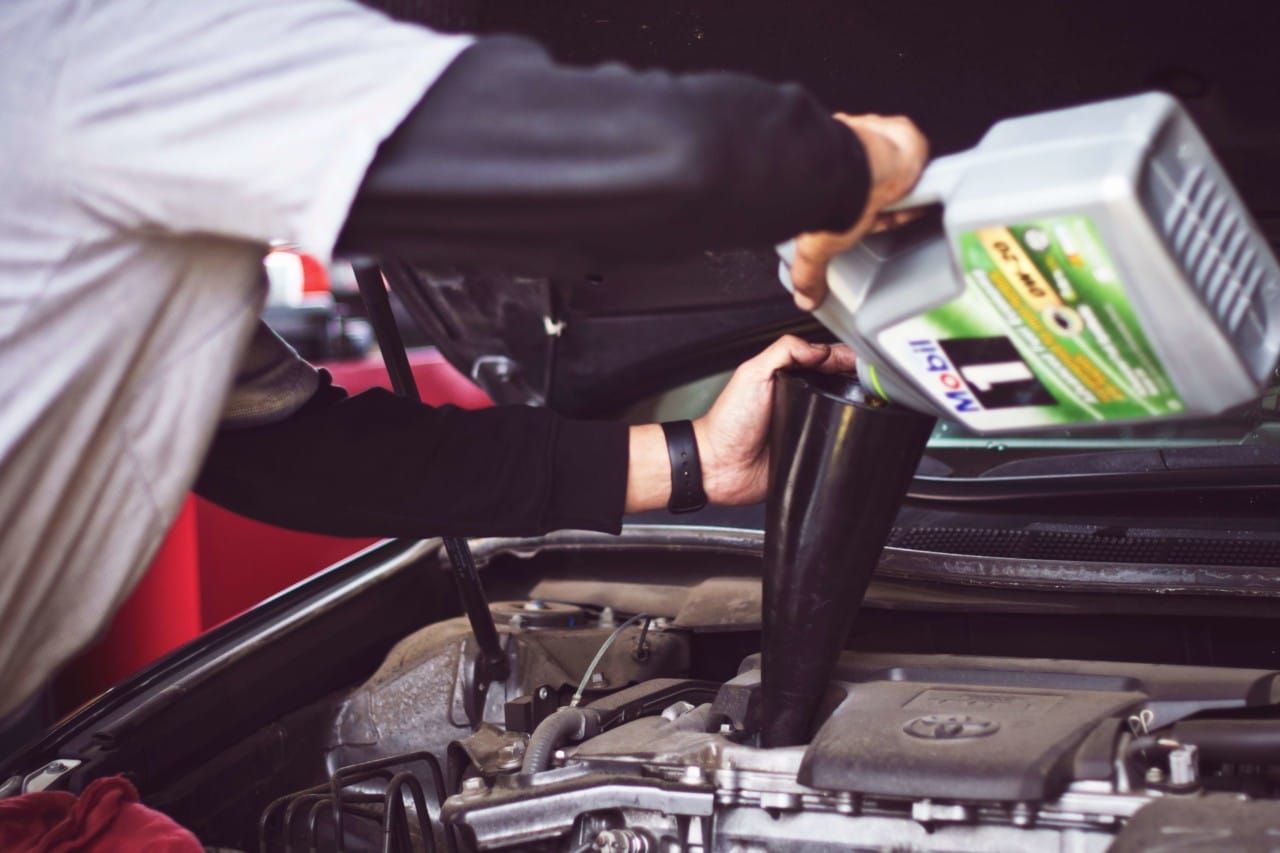
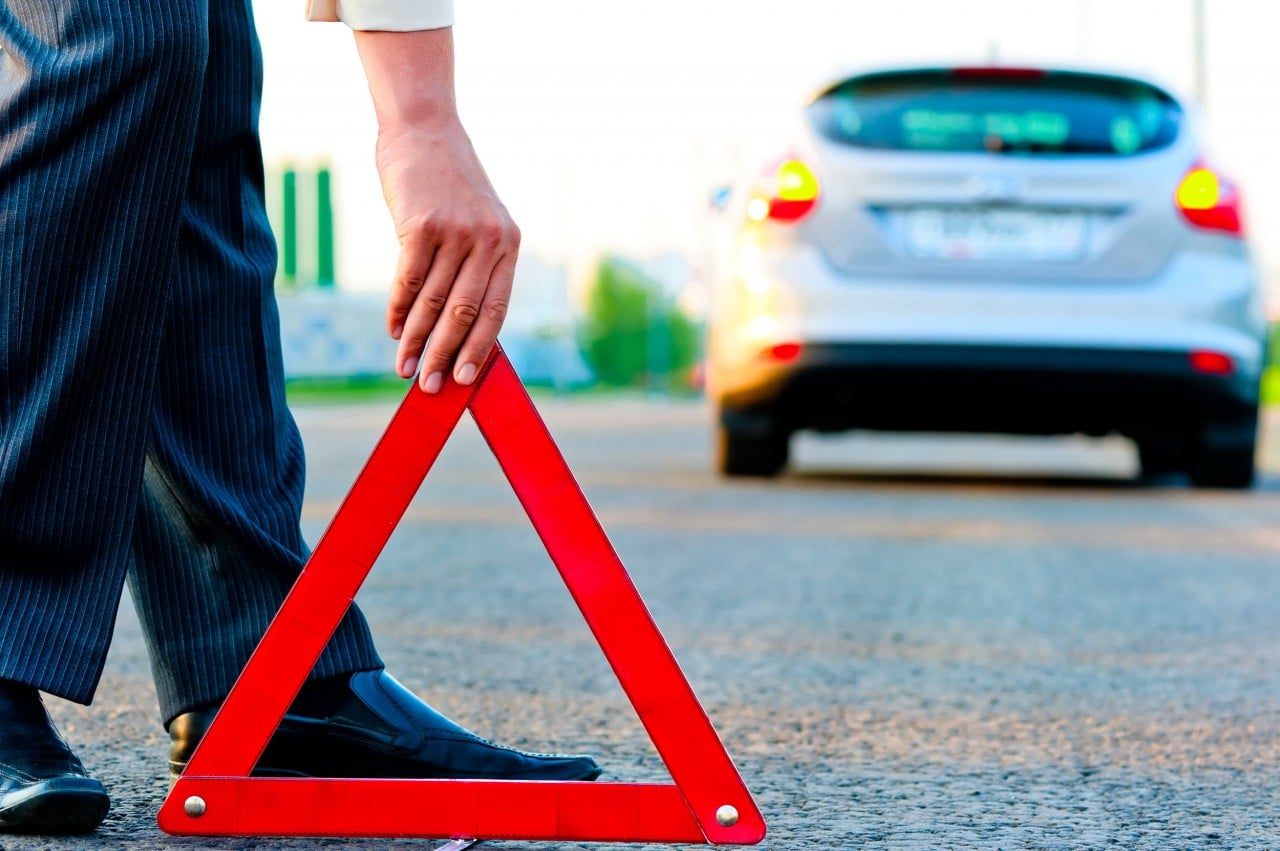
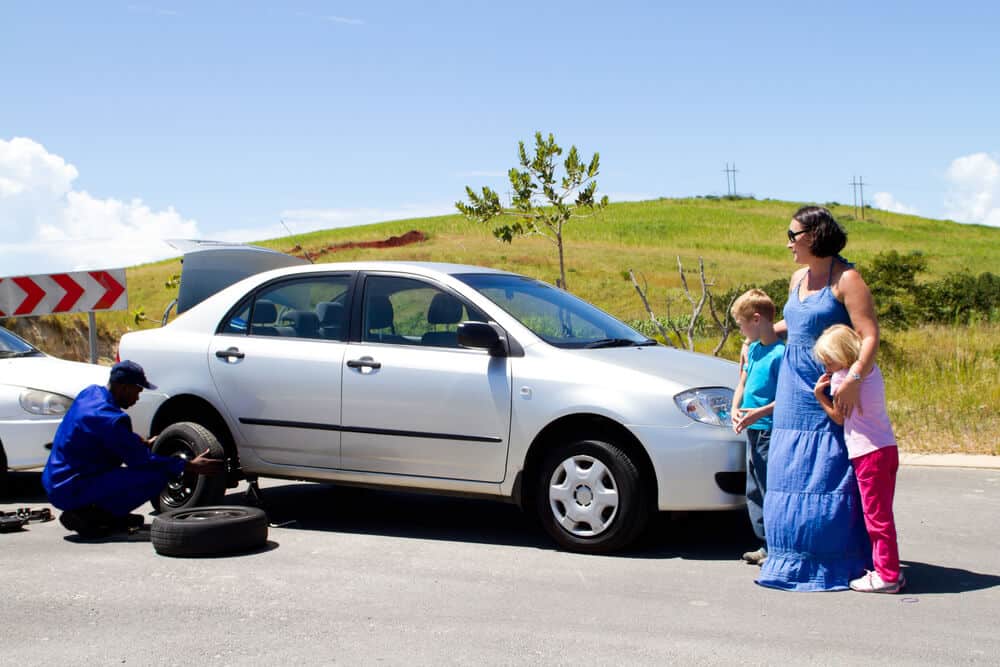 So,
So, 